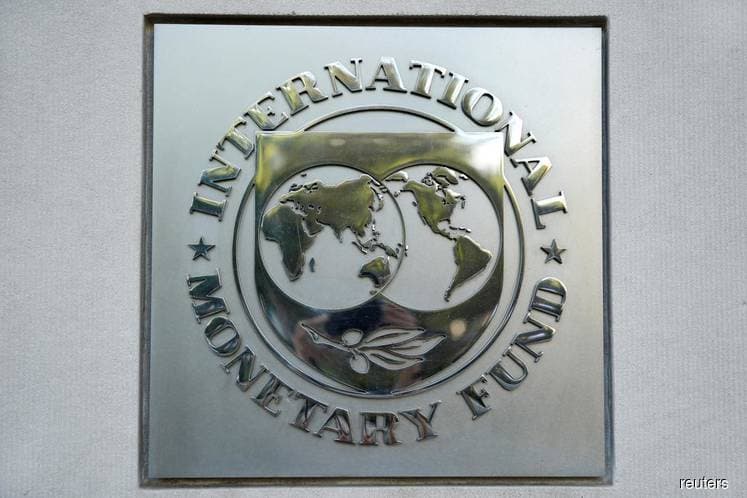
This article first appeared in The Edge Financial Daily on December 13, 2017
KUALA LUMPUR: The International Monetary Fund (IMF) said Malaysia’s real gross domestic product (GDP) growth has surprised on the upside and is projected to come in at 5.5%–6% for 2017, driven by domestic demand and robust exports.
Meanwhile, the country’s core inflation and credit growth are contained, it said. It projects that inflation, which has risen on the back of higher oil prices, will close the year at 4%.
As for 2018, the country’s real GDP growth is projected at 5%–5.5%, said the IMF’s Nada Choueiri, who led a team to visit Kuala Lumpur and Putrajaya between Nov 28 and last Friday, and exchanged views with senior officials of the Malaysian government and Bank Negara Malaysia, and met with representatives from the private sector and think tanks.
She said while the cyclical upturn will begin to normalise, momentum in activity is expected to remain strong in the first half of 2018, supported by domestic demand and continued strength in global trade. The year’s headline inflation is expected to decline to the 3%–3.5% range on lower impact from global oil prices.
“Risks to the near–term outlook are balanced. Strong global demand for electronics, which has benefited Malaysia’s exports, could last longer than anticipated, while downside risks include policy uncertainty in advanced economies and tighter global financial conditions. Going forward, striking the right balance in policies will be key,” she noted.
Further, she said the government’s planned pace of fiscal consolidation for 2017 to 2018 is appropriate and will help build buffers and maintain financial market confidence.
She also said that in the medium term, fiscal policy should follow a gradual consolidation path, and the composition of adjustment could be improved to make it more revenue-based and to make room for structural reforms and increased social spending for inclusive growth.
“Medium-term fiscal targets should be better communicated,” she added.
Further, she said the current accommodative monetary policy stance with a bias towards reduced accommodation is appropriate, given the country’s potential growth but still stable core inflation.
“The authorities should stand ready to raise the policy rate should leading indicators suggest the emergence of overheating pressures. Continued reliance on exchange rate flexibility and macroeconomic policy adjustments should be the first line of defence against capital flow shocks,” she said.
She also highlighted that the country’s financial sector is “resilient”. “Bank profitability and liquidity are sound, and corporate access to credit remains healthy. While housing-price growth has moderated, pockets of risks exist in exposures to household mortgages and the property development sector. However, their impact on macro-financial stability appears contained,” she added.
While noting that the country’s comprehensive structural reform agenda, laid out in the 11th Malaysia Plan, focuses on supporting higher productivity and improving market outcomes, she said priority should be given to policies to encourage female labour force participation and to improve the quality of education and skills.
Likewise for policies to improve vocational and technical training to reduce labour market skill mismatches, encourage research and development and update public infrastructure, she added.